Getting enough protein is key to good health. Many people think only meat has protein. This is wrong. High-protein vegetables and fruits can give you what you need. They help build muscle. They keep you full longer. They boost your energy, too.
Plant foods with lots of protein are great for vegetarians. Veggies like spinach and broccoli have plenty of protein. Fruits like avocado also help, even if that's a surprise to some. You don't need meat to stay strong. These foods are easy to find and don't cost much.
Discovering high-protein foods can be a game-changer. You don't need meat to eat well—your body can get all the nutrients from plants. Veggies and fruits like spinach, broccoli, and avocado taste good and come in a rainbow of colors and flavors. Eating healthy becomes simple, tasty, and fun!
In this article
Part 1: What is Protein? Why Eating High-Protein Vegetables and Fruits Matters?
Protein is essential for keeping your body running smoothly. It strengthens your muscles, repairs damaged cells, and supports everyday functions. If you don't get enough, you may feel drained and sluggish.
Fruits and vegetables packed with protein bring all sorts of advantages. They fuel you with clean energy, help with weight management, and stabilize your blood sugar. Plus, plant-based proteins tend to be gentler on your digestive system than meat, leading to fewer tummy troubles. Healthy and easy—what's not to love?
Why High-Protein Vegetables and Fruits Are Important:
- They build and repair muscle tissue
- They boost your immune system naturally
- They help you feel full between meals
- They provide fiber along with protein
- They're packed with essential vitamins and minerals that you won't find in meat.
- They cost less than most meat products
- They are better for the environment
- They reduce the risk of heart disease
Part 2: What Protein Means for Vegetarians?
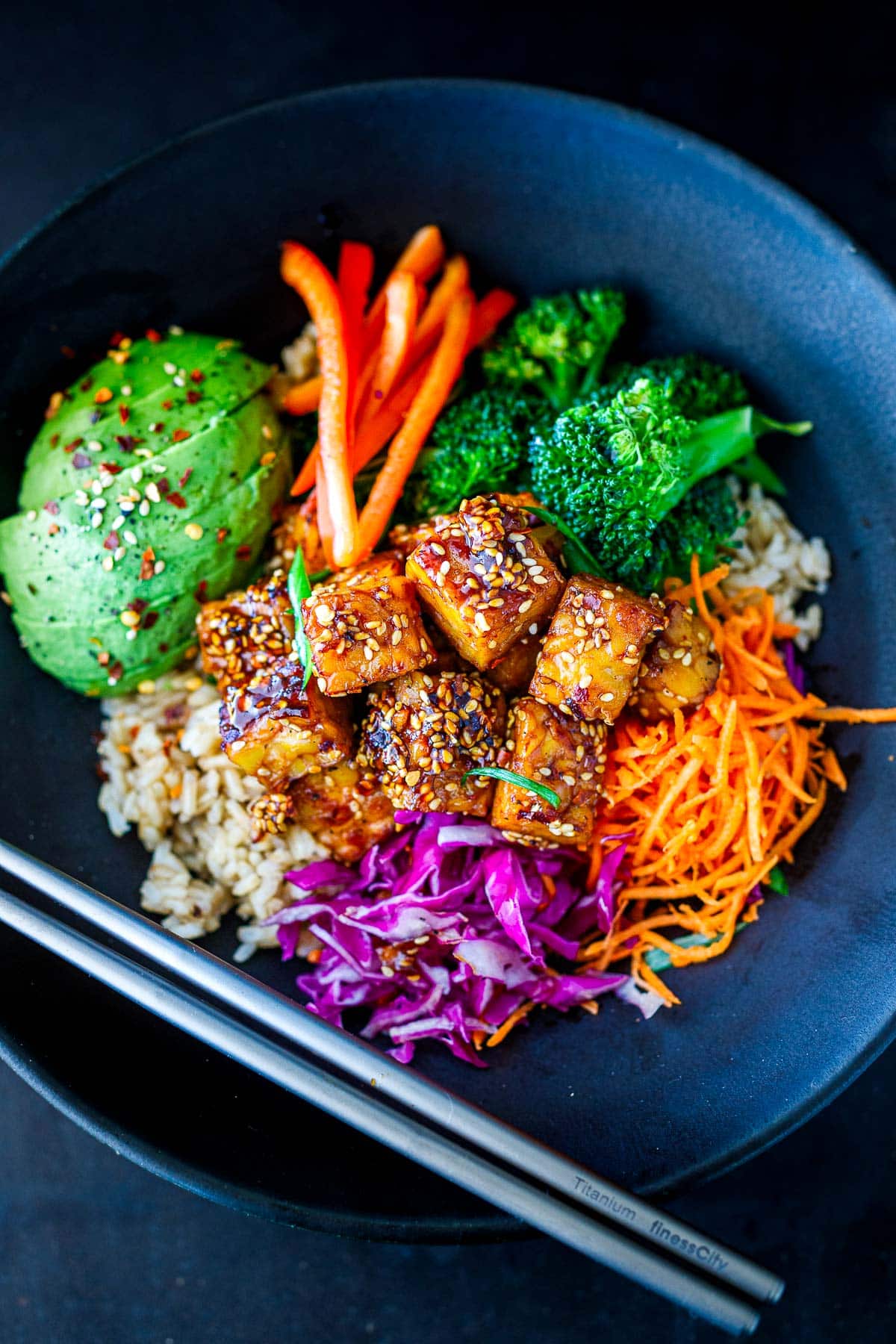
Vegetarians need protein-rich foods that vegetarian diets can rely on. Many worry they won't get enough protein. This fear is not based on facts. High-protein vegetables provide all essential amino acids. You just need to eat different types throughout the day.
Plant proteins work differently from animal proteins. They digest more slowly. This gives you steady energy for hours. High protein diet ideas for vegetarians include mixing different protein sources. Beans with rice make a complete protein. Nuts with vegetables do the same thing.
Getting protein from high-protein vegetables and fruits is healthier in the long term. These foods have no cholesterol. They fight inflammation in your body. They protect against cancer and diabetes. Many athletes eat only plant proteins and perform amazingly well.
Part 3: Top High-Protein Vegetables and Fruits: How to Cook and Eat Them?
High-protein fruits and veggies are simple to spot—they're affordable, available in most stores, and full of flavor. Each one brings something unique to the table, from texture to taste, making healthy eating anything but boring.
Exploring different ways to cook these plant-based proteins can be exciting. Whether you steam, roast, or enjoy them raw, the possibilities are endless. Some veggies shine when cooked, while others taste best fresh. It's all about experimenting until you find your favorites!
#1 Spinach
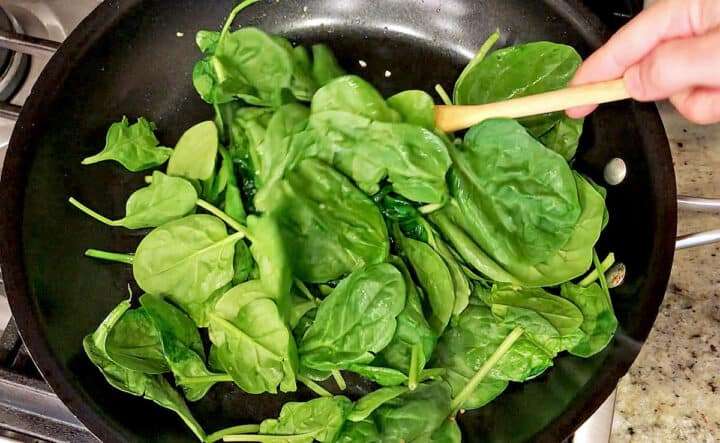
Spinach is a powerhouse among high-protein vegetables. One cup of cooked spinach has 5 grams of protein. It also gives you iron and vitamins. Fresh spinach works great in salads. Cooked spinach tastes amazing in many dishes.
This leafy green fits into any high-protein diet ideas you have. It cooks fast and tastes mild. Kids often like it better than other vegetables. You can hide it in smoothies, too. The protein content stays the same whether fresh or cooked.
Simple Spinach Recipe:
- Heat olive oil in a pan over medium heat.
- Add fresh spinach leaves and cook for 2-3 minutes until wilted.
Protein Content: 5 grams per cup (cooked)
#2 Avocado
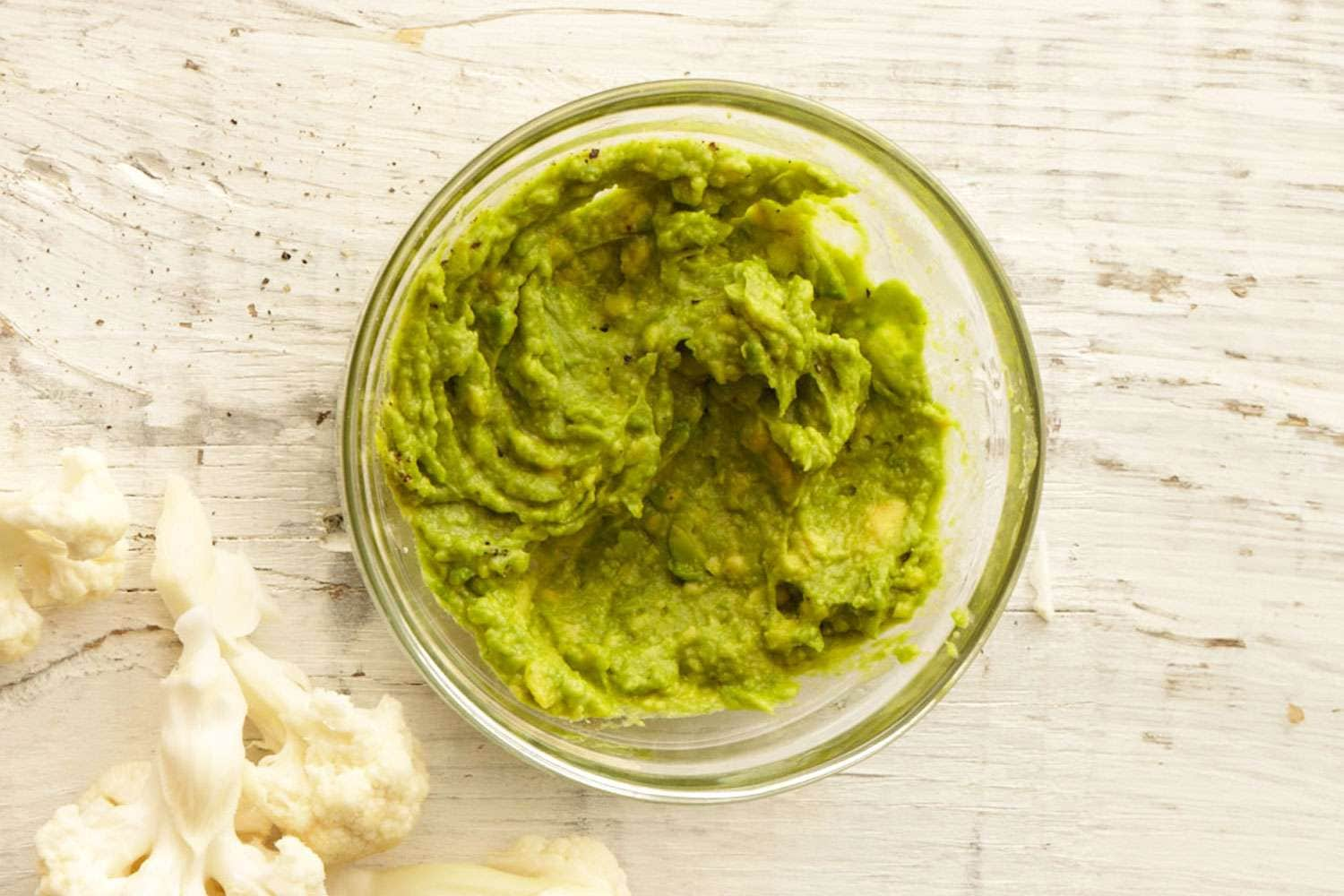
Avocado surprises people as one of the high-protein vegetables and fruits. One whole avocado has 4 grams of protein. It also has healthy fats your body needs. The creamy texture makes it perfect for many dishes.
This versatile fruit fits perfectly into high-protein, vegetarian meals. It adds a rich, creamy texture to smoothies without needing dairy, spreads easily on toast for a satisfying breakfast, and brings delicious flavor to salads and sandwiches. Thanks to its protein and healthy fats, it helps keep you full and energized for hours.
Easy Avocado Recipe:
- Slice the avocado in half and take out the pit.
- Use a fork to mash the flesh, then season with salt, pepper, and a splash of lemon juice for a fresh kick.
Protein Content: 4 grams per whole avocado
#3 Broccoli
Broccoli stands out among high-protein vegetables for good reason. One cup of cooked broccoli has 4 grams of protein. It tastes great steamed or roasted. Many people love it with cheese sauce. Raw broccoli works well in salads, too.
This vegetable fits perfectly into high-protein diet ideas. It's available year-round in most places. Frozen broccoli is just as nutritious as its fresh counterpart, especially when it comes to protein—it holds up well through freezing. It's also one of the most affordable high-protein veggies out there, making it a smart and budget-friendly choice for vegetarian meals.
Quick Broccoli Recipe:
- Steam broccoli florets for 5-7 minutes until tender.
- Drizzle with olive oil and sprinkle with garlic powder.
Protein Content: 4 grams per cup (cooked)
#4 Jackfruit (Raw)
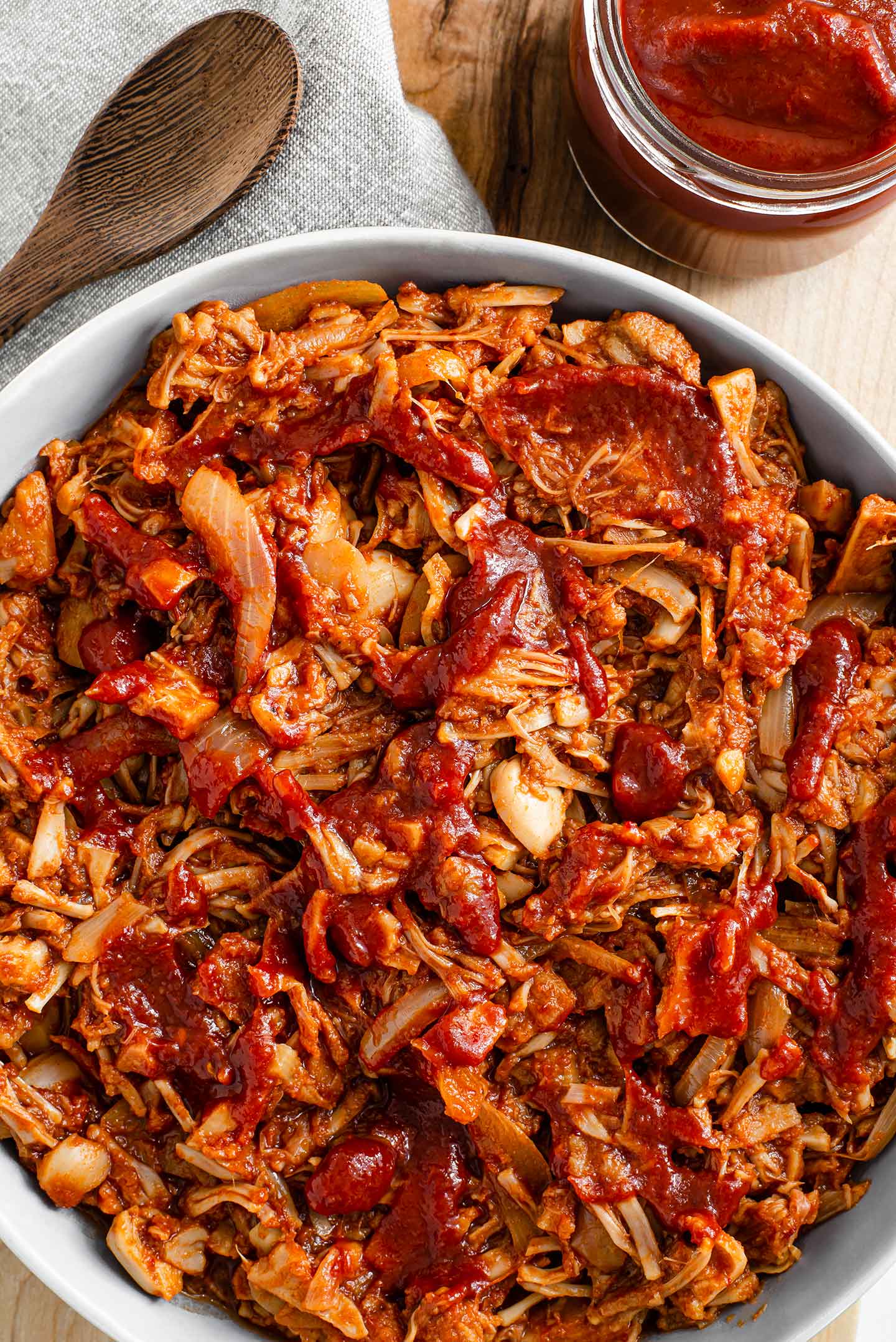
Raw jackfruit stands out in the world of high-protein plant foods. With around 3 grams of protein per cup, it's a solid pick—and when cooked, its meaty texture makes it an ideal substitute in vegetarian pulled pork dishes. Its mild flavor absorbs spices and sauces beautifully, letting you get creative with every bite.
This fruit works amazingly in protein-rich foods and vegetarian cooking. Young jackfruit has less sugar than ripe fruit. It shreds easily with a fork. Many restaurants use it in tacos and sandwiches. It's becoming more popular in Western countries.
Simple Jackfruit Recipe:
- Drain and rinse canned young jackfruit.
- Shred with a fork and sauté with your favorite spices for 10 minutes.
Protein Content: 3 grams per cup
#5 Sweet Corn
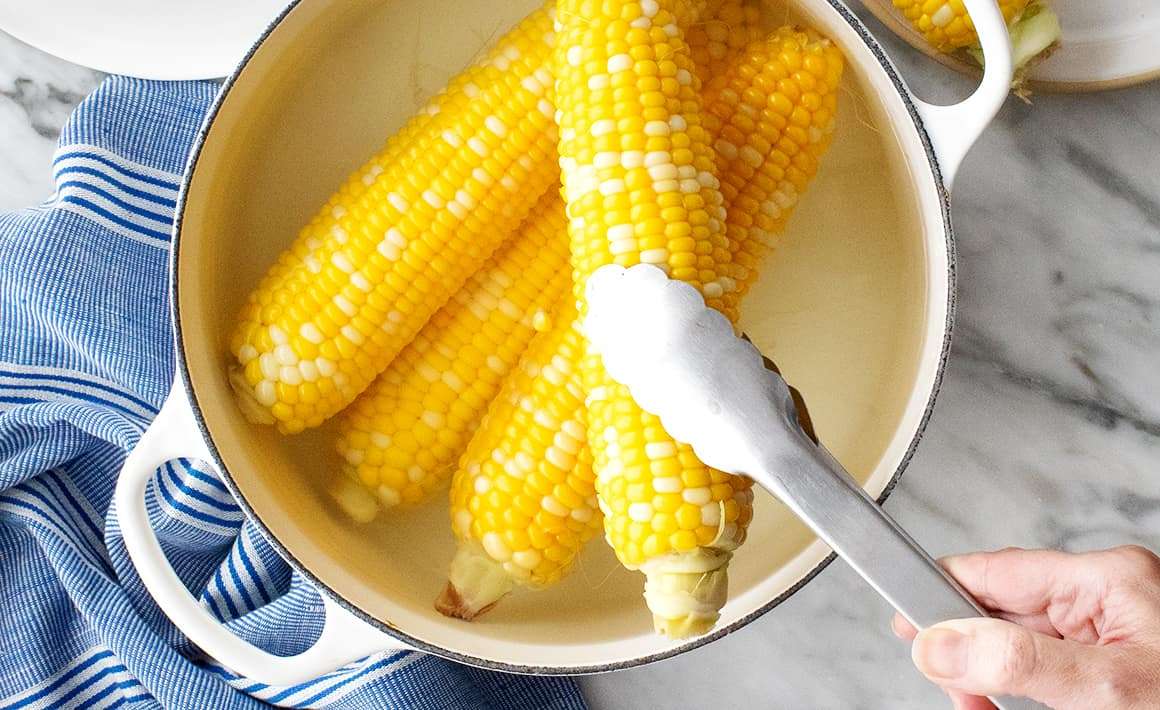
Sweet corn is a tasty option among high-protein vegetables. One cup has 5 grams of protein. It's sweet and crunchy. Kids love it on the cob. You can add it to salads and soups. Frozen corn works great, too.
This vegetable adds fun to high-protein diet ideas. It comes in many colors - yellow, white, and mixed. The protein content stays the same regardless of color. It's one of the most affordable protein-rich foods vegetarian families can buy regularly.
Easy Corn Recipe:
- Boil corn kernels in salted water for 5 minutes.
- Drain and toss with butter and herbs.
Protein Content: 5 grams per cup
#6 Peas
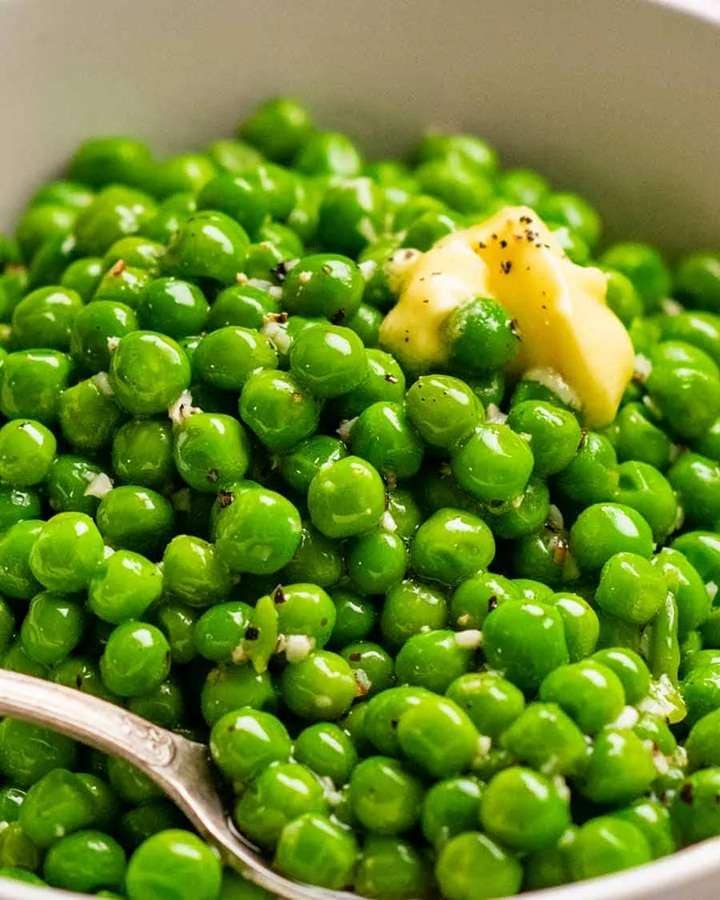
Peas are sweet gems among high-protein vegetables and fruits. One cup of cooked peas has 8 grams of protein. They taste naturally sweet and pop in your mouth. Fresh peas are best, but frozen work great too. You can eat them raw or cooked.
These green vegetables fit perfectly into protein-rich foods for vegetarian meals. They add color and sweetness to any dish. You can throw them into salads, soups, and stir-fries. They cook in just a few minutes. Peas are affordable and available year-round in most high-protein diet ideas.
Simple Pea Recipe:
- Boil fresh or frozen peas in salted water for 3-5 minutes
- Drain and toss with butter, mint, and a pinch of salt
Protein Content: 8 grams per cup (cooked)
Part 4: BONUS: Featured Recipe: Protein-Packed Veggie Stir-Fry
This stir-fry combines many high-protein vegetables in one dish. It's quick to make and tastes amazing. The mix of textures and flavors will surprise you. You can change the vegetables based on what you have at home.
This recipe shows how easy it is to create protein-rich vegetarian meals. The combination of different high-protein vegetables gives you more protein than eating just one type.
It's a perfect example of practical high-protein diet ideas you can use every day.
Protein-Packed Veggie Stir-Fry Recipe:
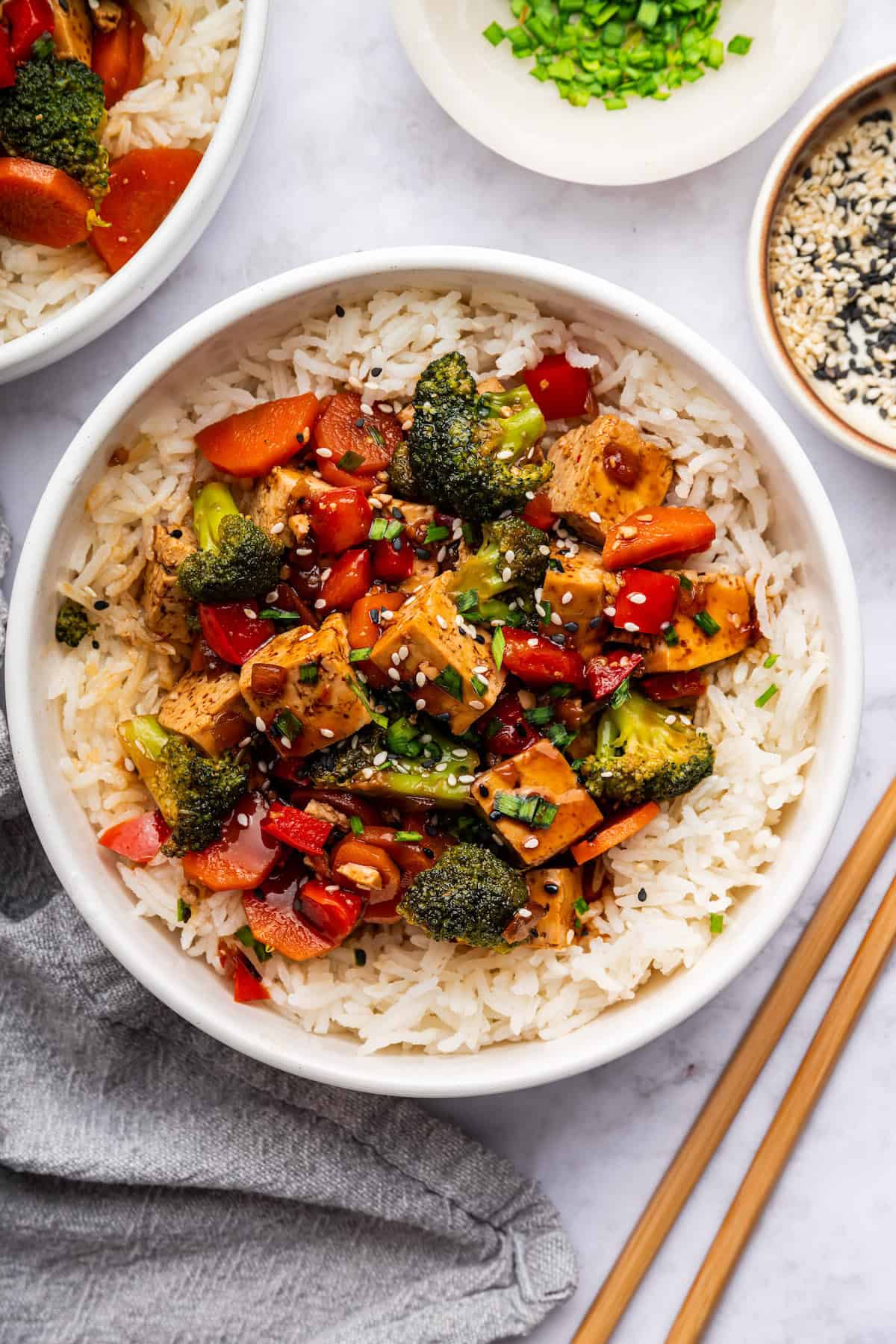
- Heat 2 tablespoons of oil in a large pan or wok over high heat. Add 2 cups of broccoli florets and 1 cup of corn kernels, stir-fry for 3 minutes.
- Add 3 cups of fresh spinach and 1 cup of cooked lentils, and cook for 2 minutes. Season with soy sauce, garlic, and ginger, and serve immediately over rice
Total Protein: About 15 grams per serving.
Part 5: Create Your Custom Nutrition Plan Using CalBye App Today!
The CalBye App helps you track protein-rich foods that vegetarian diets need. It makes planning high-protein diet ideas simple and fun. The app calculates how much protein you get from high-protein vegetables and fruits. You can set goals and track your progress every day.
Many people struggle to get enough protein from plants. CalBye App solves this problem. It suggests meals based on your preferences. The app knows the protein content of thousands of foods. It helps you mix different high-protein vegetables to get complete proteins.
Why You Need CalBye App:
- It tracks protein from high-protein vegetables and fruits automatically
- It suggests new high-protein diet ideas based on your tastes
- It calculates complete protein combinations for you
- It sends reminders to eat protein-rich foods and vegetarian meals
- It shows your progress with easy-to-read charts
- It helps you discover new high-protein vegetables to try
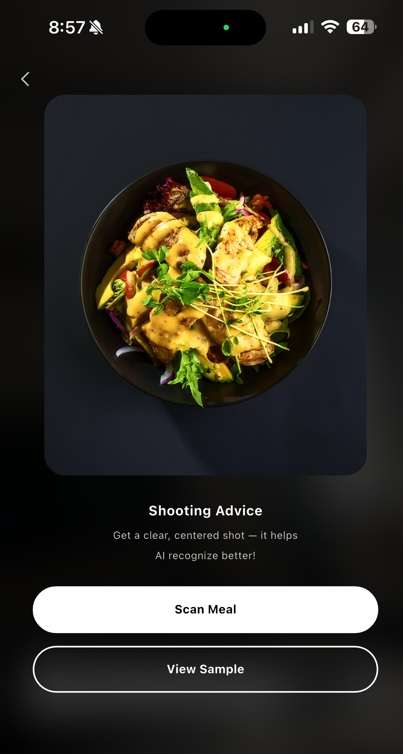
The app creates custom meal plans for your lifestyle. Whether you're busy or have time to cook, it adapts to you. It sends reminders to eat protein-rich foods and vegetarian meals throughout the day. The app makes healthy eating feel like a game you can win. Try it now on iOS or Android!
Conclusion
High-protein vegetables and fruits can meet all your protein needs. They taste great and cost less than meat. Learning to cook protein-rich foods in a vegetarian style opens up new possibilities. Your body will thank you for making this healthy choice.
Start adding more high-protein vegetables to your meals today. Try the recipes in this article. Experiment with different combinations. Use high-protein diet ideas that fit your lifestyle. Remember that small changes lead to big results over time.
FAQ
-
Q: Can I get enough protein from just high-protein vegetables and fruits?
A: Yes, you can get all the protein you need from plant sources. High-protein vegetables like lentils provide complete proteins. Mixing different protein-rich foods and vegetarian meals throughout the day ensures you get all the essential amino acids your body needs.
-
Q: Which high-protein vegetables have the most protein per serving?
A: Lentils top the list with 18 grams per cup. Other high-protein vegetables include spinach (5 grams), sweet corn (5 grams), and broccoli (4 grams). These protein-rich foods that vegetarian diets rely on can easily meet your daily protein needs.
-
Q: Are high-protein diet ideas with vegetables suitable for athletes?
A: Absolutely! Many professional athletes follow plant-based diets. High-protein vegetables and fruits provide clean energy and faster recovery. Combining different protein-rich foods in vegetarian meals gives athletes all the amino acids needed for peak performance.




